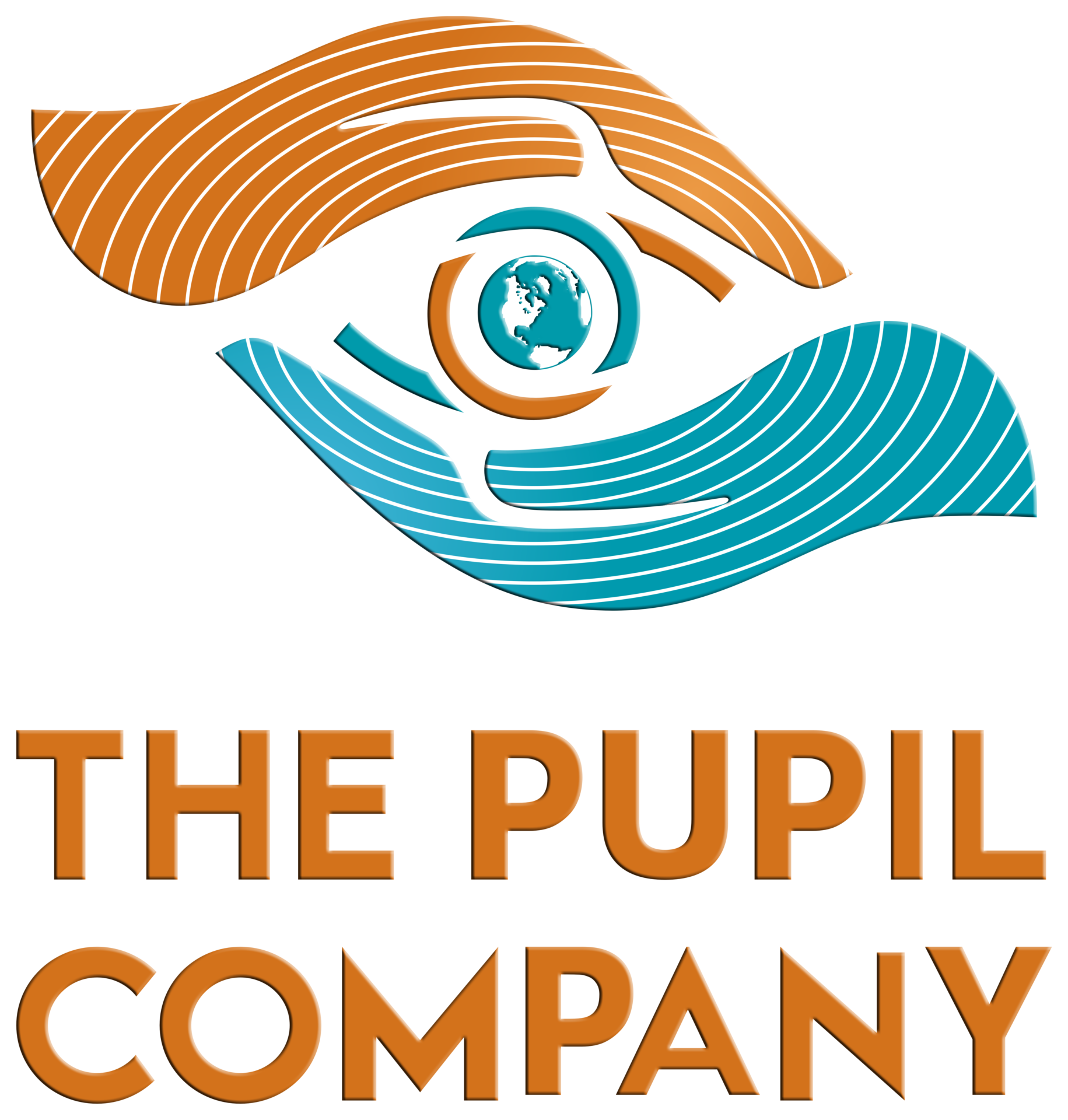In the fast-paced world we inhabit, where attention spans are dwindling, and time is a precious commodity, traditional approaches to learning are facing a paradigm shift. Enter microlearning—an innovative educational strategy that delivers bite-sized content chunks to learners, offering maximum impact in a minimal timeIine. In this blog post, we’ll delve into the principles of microlearning and explore how it can be harnessed for maximum impact in today’s learning landscape.
At its core, microlearning is founded on the principle of cognitive load theory, which posits that learners have limited working memory capacity and can only process a finite amount of information at a time. By breaking down complex concepts into digestible modules, microlearning mitigates cognitive overload, allowing learners to focus on mastering one idea or skill before moving on to the next.
One of the key advantages of microlearning lies in its flexibility and accessibility. Whether it’s a short video tutorial, a mini-quiz, or a quick infographic, microlearning modules can be easily consumed anytime, anywhere, making learning more convenient and adaptable to learners’ busy schedules. This versatility not only accommodates different learning styles but also promotes self-directed learning, empowering individuals to take ownership of their learning journey.
Furthermore, microlearning promotes retention and reinforcement through spaced repetition—a learning technique that involves revisiting information at intervals over time. By strategically spacing out microlearning modules and incorporating retrieval practice, learners can reinforce their understanding and retention of key concepts, leading to more durable learning outcomes.
Microlearning lends itself well to personalized learning experiences, catering to the diverse needs and preferences of individual learners. Through adaptive learning algorithms and data-driven insights, educators can tailor microlearning content to match learners’ proficiency levels, interests, and learning goals, enhancing engagement and motivation.
Another compelling aspect of microlearning is its ability to foster just-in-time learning—delivering relevant information exactly when it’s needed. Whether it’s troubleshooting a technical issue, refreshing a skill before a presentation, or mastering a new software tool, microlearning provides on-demand support, empowering learners to apply knowledge immediately in real-world contexts.
However, to realize the full potential of microlearning, it’s essential to design and deliver content thoughtfully. Effective microlearning modules should be concise, focused, and interactive, engaging learners through multimedia elements, interactive exercises, and gamified activities. Additionally, incorporating microlearning into a broader learning ecosystem, complementing longer-form content and experiential learning opportunities, ensures a holistic and integrated approach to skill development.
In conclusion, microlearning represents a paradigm shift in how we approach education and training—a shift from information overload to targeted, actionable insights; from passive consumption to active engagement; from one-size-fits-all to personalized learning experiences. By harnessing the power of microlearning, we can empower learners to thrive in an ever-evolving world, equipping them with the knowledge and skills they need to succeed. As we embrace this transformative approach, let us seize the opportunity to reimagine learning and unlock new vistas of potential for learners around the globe.
